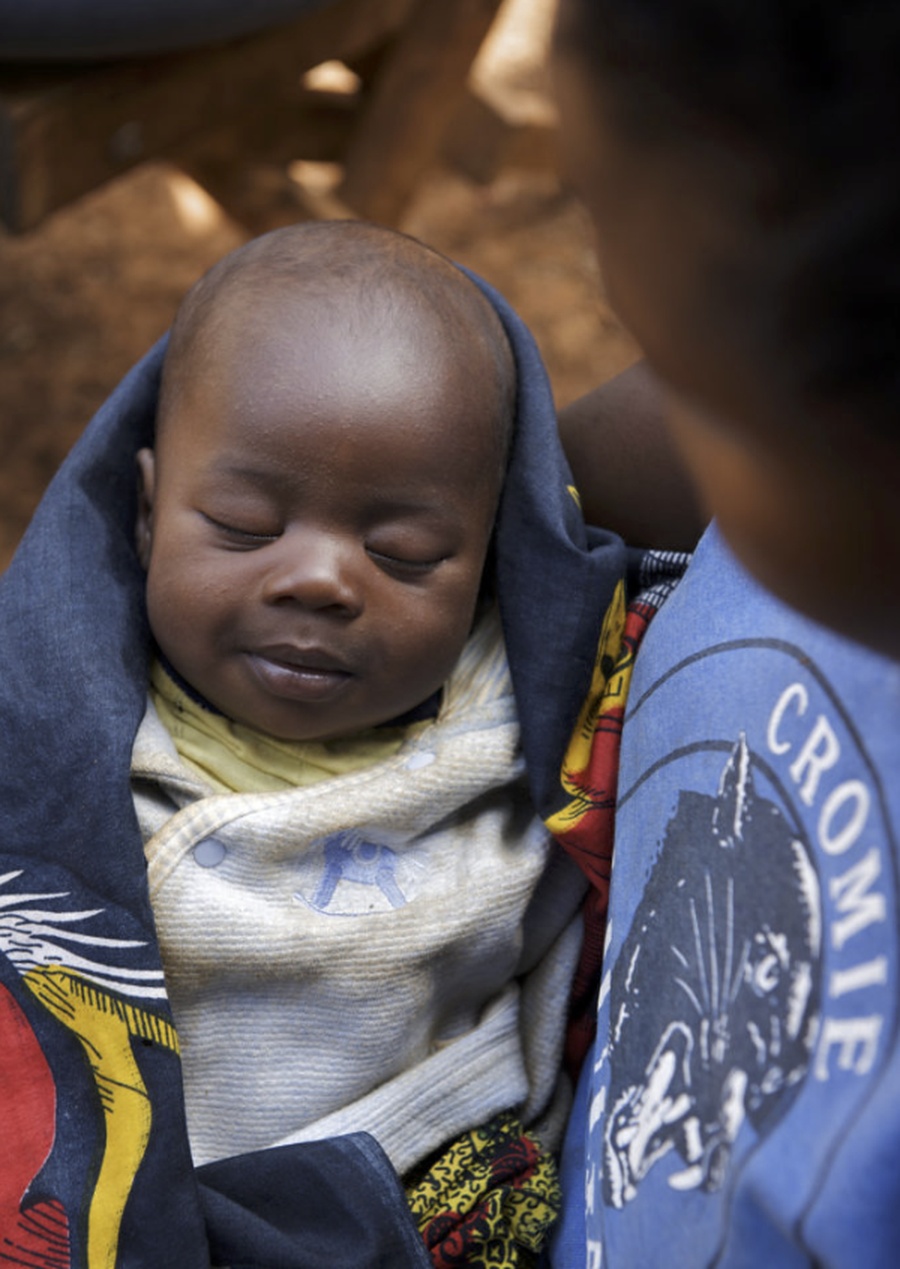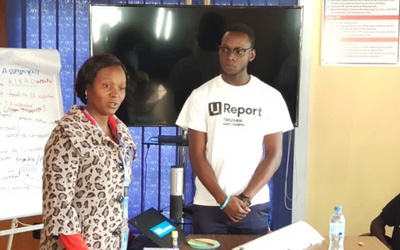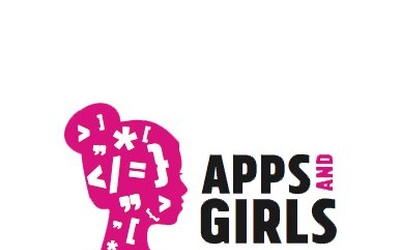Decentralised birth registration system helps to register more than 220,000 Tanzanian children under the age of five in four weeks.
Think of a time when you were asked to present your birth certificate. You can likely easily think of several moments where proving your identity was required – applying to school, getting a driver’s license, obtaining a passport, starting legal work, and seeking medical assistance, to name a few. Having a birth certificate enabled you to access these fundamental services and opportunities easily.
Decentralised birth registration system helps to register more than 220,000 Tanzanian children under the age of five in four weeks.
Think of a time when you were asked to present your birth certificate. You can likely easily think of several moments where proving your identity was required – applying to school, getting a driver’s license, obtaining a passport, starting legal work, and seeking medical assistance, to name a few. Having a birth certificate enabled you to access these fundamental services and opportunities easily.
Tanzania has one of the lowest rates of birth registration and certification on the African continent. With less than 13% of under-five children having a birth certificate. Things are no better when it comes to registration of newborns – the registration rate is only 11.5%. Thus, for every 2 million births taking place every year, only 233,000 get registered.
The low birth registration numbers in Tanzania is due to many reasons including:
- Cost. Parents have to pay a processing fee of TSH 3,500 ($1.6) with the cost increasing just after 90 days and again after the child is over 10 years old.
- Distance. The cost of travel makes registration prohibitively expensive.
- Awareness. Due to the lack of awareness of the benefits of birth registration, parents do not see the urgent need or value to spend the time and money to register their children.
On 22 September 2016, the government of Tanzania with the support of UNICEF and Canadian Government funding, launched a decentralised birth registration initiative for under-five children. This initiative aims to make registration of births accessible and affordable and targets granting the ‘first legal right’ to more than 230,000 under-five children in two regions, Iringa and Njombe.
Within four weeks of the launch, this initiative has registered more than 220,000 under-five children in Iringa and Njombe regions. From a baseline of 10.3 % of under-five registration, the rate has gone up to over 95%.
Key barriers being addressed by the initiative are:
- Registration is now closer to the community by declaring the Health Facilities and the Ward Executive Offices as registration points. For example, children in Iringa and Njombe regions now have access to more than 700 registration points compared to the 11 registration points earlier.
- The task of registration is delegated to the Local Government Authorities compared to the previous system that relied on one central body.
- The registration process is now less cumbersome for parents. It is a ‘one step, one visit’ rather than the present ‘three steps, multiple visits’ so that the registration and certification take place concurrently
- By waiving the fee for registration and certification – the first copy of the birth certificate is given free of cost – the financial barrier has been removed.
- Widespread sensitization is helping the community understand the importance of registering their children.
- Mobile phone technology is allowing instant transfer of data for real-time tracking of progress. This helps focus in poorly performing areas and take quick action on problems.
Moving from analog to digital
Mobile technology played an important role in speeding up progress with birth registration in Tanzania. Registration, Insolvency and Trusteeship Agency (RITA) and UNICEF worked closely with Tigo to develop innovative mobile application that allowed registrars to collect birth registration data and upload it to a centralized system. The mobile application improved the means and efficiency by which birth registration data is collected, accessed, verified and stored.
The mobile application evolved over time, responding to feedback from registrars in the field. The earliest version was designed to work on the most basic mobile phones, using a specialised platform called the SIM Application toolkit. This basic application allowed the registrar to input the required information by following a series of prompts. When this is complete, the application compiles the data into two SMS messages and sends it to an SMS gateway server which, in turn, forwards the message to RITA’s central server. Once the central server decodes the message and stores the birth record in the central database, a confirmation message is immediately sent to the mobile device to notify the registrar that they can issue a birth certificate to the child. The entire process only takes a few minutes to complete.
Although the first application worked well in most respects, over time the partners found that it would be difficult to scale across multiple mobile providers due to the significant amount of ‘technical involvement’ required. Furthermore, they recognised that the simplicity of the device and SIM card limited the amount of features that could be added to the application and the amount of data it could store.
A new version of the application has now been developed by UNICEF to work on an Android smartphone, providing a more user-friendly interface and the ability to work across multiple network providers. Although the basic function of transmitting data via SMS remains the same, the smartphone application is inherently more secure (with advanced security feature that include user management, remote data wipe if the phone is lost or stolen), resilient, and includes a variety of new features. Partners have also found that the Android devices make data collection easier due to its bigger screen, full keyboard, and dropdown menus.
The information submitted by mobile application is used to automatically populate an innovative birth registration dashboard, allowing RITA to monitor birth registrations in real time at the national, regional and local levels. For the first time, RITA can quickly extract and analyse data by time, location, age and gender.
The technology developed for this initiative may play a substantial role in helping RITA populate a more comprehensive CRVS system by expanding data collection to include information on deaths. In time, this could help the government deliver on their ambition to harmonise CRVS data with other key identification systems, such as voter registrations and the national IDs.
Rehema Shabani from Iringa is one of the many mothers whose children benefitted from the new system. Rehema shares, “I took along all the information of my two children, Mariam and Mecy, and within a short time, I received the birth certificates there and then. I never thought that the process would be so easy and birth certificates would be free.”
UNICEF will further support the Government to scale this initiative another eight regions and will continue to advocate for nationwide application through sustainable financing and systems that enable all Tanzanian children to be registered and issued with a birth certificate.
The decentralised birth registration approach was piloted in Temeke District of Dar es Salaam in 2012, saw its first launch in Mbeya and Songwe regions in 2013 and was then taken to Mwanza in 2015. Observations from the pilots helped improve the approach for Iringa and Njombe.







